Search Articles
Browse Content (p. 96)

Article
The Roman Baths in Bath- A Deep Dive into Britain’s Ancient History
Bath, the famous spa town in Somerset England, has attracted people from near and far for centuries to its healing springs and baths. Today the city is known for its beautiful Georgian architecture and as the destination for the wealthy elite...
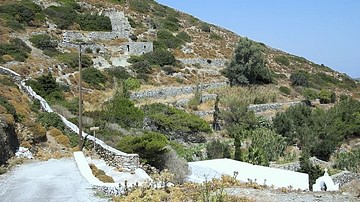
Article
Pirates of the Mediterranean
The pirates of the ancient Mediterranean were not, for the most part, the outsiders who knew no country's allegiance and were the enemies of civilization as they are frequently depicted in novels and other media. They were often employed...
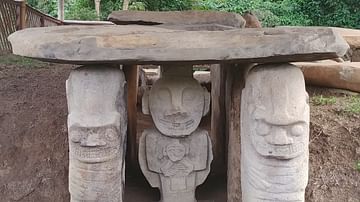
Article
The Megalithic Funerary Art of San Agustín
Beginning approximately 2000 years ago, in a rugged stretch of southwestern Colombia where the Andes split into multiple ranges and the mighty Magdalena River is born, a people created a collection of magnificent ritual and burial monuments...
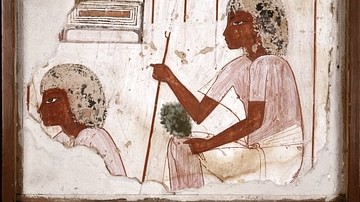
Article
Immortality of Writers in Ancient Egypt
For the ancient Egyptians, life on earth was only one part of an eternal journey which continued after death. One's purpose in life was to live in balance with one's self, family, community, and the gods. Any occupation in Egypt was considered...
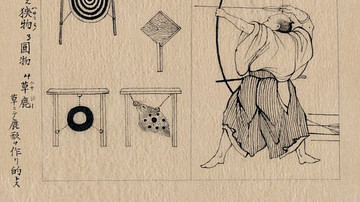
Article
Martial Arts in Medieval Japan
There were 18 martial arts (bugei or bujutsu) in medieval Japan, and these included use of weapons, unarmed self-defence techniques, swimming, and equestrian skills. Initially designed to hone the skills of warriors for greater success on...
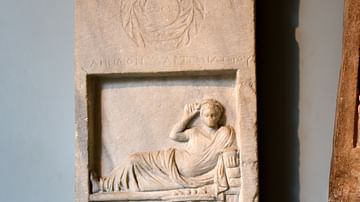
Article
Curses & Fines on Epitaphs
The concept of a curse laid on a tomb or gravesite is best known from ancient Egypt but the practice was quite common in other civilizations of antiquity. The tomb or grave was the eternal home of the physical remains of the deceased to which...

Article
How an Adventure-loving American Saved the Thai Silk Industry
Bangkok was once more commonly known as the Venice of the East due to the intricate network of waterways that crisscrossed the city in the 19th century CE. There were few roads in the 1800s CE so the city's inhabitants travelled and traded...

Article
The Impact of Prejudice on the History of Great Zimbabwe
Between 850 BCE and 1600 CE, great civilizations thrived in Africa, yet few non-Africans have learned about them. While some may be familiar with the achievements of ancient Egypt, most of our knowledge of African history is tainted by the...

Interview
The World of Parsi Cooking: Interview with Niloufer Mavalvala
In this exclusive interview, Niloufer Mavalvala, author of The Art of Parsi Cooking: Reviving an Ancient Cuisine, speaks to James Blake Wiener of Ancient History Encyclopedia (AHE) once again about the joys of Parsi cuisine and her new title...

Article
Libraries in the Ancient World
Libraries were a feature of larger cities across the ancient world with famous examples being those at Alexandria, Athens, Constantinople, Ephesus, and Nineveh. Rarely ever lending libraries, they were typically designed for visiting scholars...